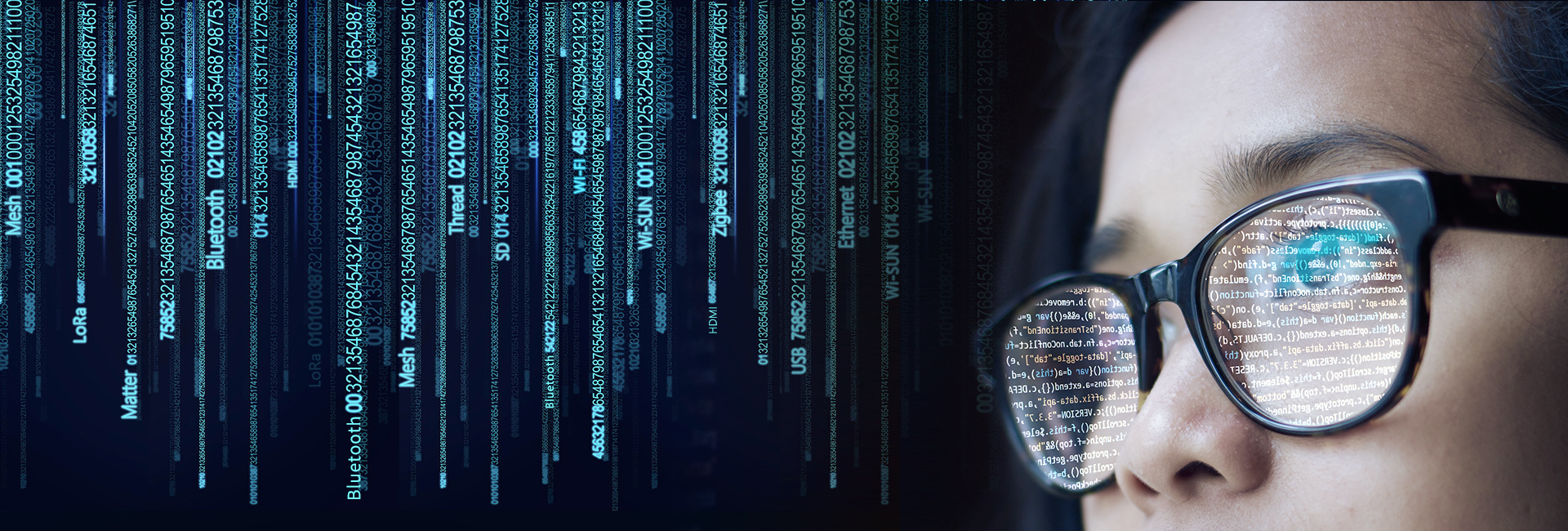What is Bluetooth LE Audio?
Many people probably use Bluetooth every day without even thinking about how it works. It‘s a great example of how wireless technology can feel like magic. Thanks to the development of this technology, Bluetooth LE audio, the experience of transmitting signals from one device to another seems even more magical.
LE Audio, outlined by the Bluetooth Special Interest Group (SIG) in 2020, is a new Bluetooth standard that, once widely adopted, has the potential to unlock all kinds of new audio streaming tricks. Once a company like Qualcomm makes a compatible chip, it will be possible to share things like the song you‘re listening to with another person‘s earbuds nearby.
But since we haven‘t stopped there, it‘s time to review what Bluetooth LE Audio really is, and how it can make your life better.
What‘s the difference between Bluetooth and Bluetooth LE audio?
In the simplest terms, Bluetooth is a decades-old technology that allows you to do things like wirelessly connect a pair of AirPods to your iPhone. This isn‘t new, and while it‘s regularly updated like any other technology to allow for higher data speeds and longer connection ranges, these upgrades are likely to be more noticeable to developers than to average users.
Bluetooth LE audio does roughly the same thing, but it‘s a new type of professional Bluetooth that transmits high-quality audio while using significantly less power than before. A general-purpose non-audio version known as Bluetooth LE has existed since 2009, but transmitting audio in a low-energy format has not been possible until now.
A new Low Complexity Communication Codec (LC3) powers Bluetooth LE audio. Codecs basically compress audio to whatever size is needed for streaming. LC3 can transmit audio at an acceptable quality without wasting a lot of resources like traditional forms of Bluetooth.
To see what the LC3 is capable of, scroll down to the "Audio Tests" section on the Bluetooth SIG website. If you click on different bitrates (data speeds are measured in kilobytes per second, or kbps) in the LC3 section, you‘ll notice that the audio quality gradually improves as the bitrate increases. But even at the lower end of the spectrum, say 128kbps or 96kbps, the quality is still acceptable despite theoretically using fewer earbuds and phone batteries in real-world scenarios.
What are the benefits of Bluetooth LE audio?
The most obvious benefit of low energy audio streaming is better battery life on Bluetooth LE Audio enabled devices. Anyone who has used Spotify paired with wireless headphones to power the entire workday can attest to the battery power it can run out of. That said, Bluetooth LE Audio has some less obvious and actually less cool applications.
LE Audio, for example, uses far less power, which means you can easily connect a pair of headphones to multiple devices at once without any manual Bluetooth manipulation. Maybe you can go from watching Netflix on your laptop to making a phone call using the same earbuds without any hassle.
Another really cool potential application of Bluetooth LE audio is what the Bluetooth SIG calls "audio sharing." Imagine you‘re listening to a song that you think is totally new, or a podcast that you think is really important, and you want to show it to people nearby. With LE Audio, you should be able to broadcast that audio from one source (such as a phone) to multiple pairs of wireless headphones at the same time.
Which devices support Bluetooth LE audio?
When the bad news happened: It would be a while before most people tried Bluetooth LE Audio properly. This is a very new technology that has yet to be implemented in most related devices such as headphones, earbuds and smartphones. In good news, however, Qualcomm announced in December that it had developed a chip for wireless earbuds with LE Audio compatibility.
In other words, not yet, but it‘s only a matter of time.
Eventually, it will be in the same devices that already use Bluetooth. Probably the most impactful and exciting new development, though, is that LE Audio will be compatible with hearing aids. For those in need of hearing aids, being able to connect them directly to devices like phones or even TVs to get a clearer audio stream in the ears could be a real game changer.
Full adoption of Bluetooth LE Audio is still some way off right now, but there are still plenty of reasons to be excited. Whether it‘s helping someone with a hearing impairment or just wanting to disturb your friend by sharing their hospital bed, look forward to enjoying LE Audio in the near future.
The above is the introduction of Bluetooth LE audio by the deep light standard. If you need this certification, you can contact us for consultation.
Recommended items
-

How to finish BQB Certifications
Now more and more computers, tablets, cars, mobile phones, smart home, sports equipment, audio and video equipment have Bluetooth function. Everywhere, pairing is more and more simple, security is also constantly improving,it become a communication technology that often used in life and work....View more -

A large collection of BQB certificates issued by the Bluetooth SIG organization for more than ten years
In recent years, Bluetooth technology has continued to develop, from the classic Bluetooth technology BREDR to the current BLE, to the latest BLE2M audio technology. The certificate is also changed accordingly...View more -

Differences between Bluetooth BR/EDR and Bluetooth Smart
Two main Bluetooth technologies in the Bluetooth core specification: Bluetooth BR/EDR (Bluetooth Basic Rate/Enhanced Data Rate) and Bluetooth Smart technologyView more -

What are the BQB certification requirements for the Bluetooth Core Layer
There are two most common application modes of the Bluetooth specification. Each application mode will have the minimum core configuration requirements for the software (Host) part and the hardware (Controller) part to combine to realize a complete Bluetooth wireless transmission solution....View more




